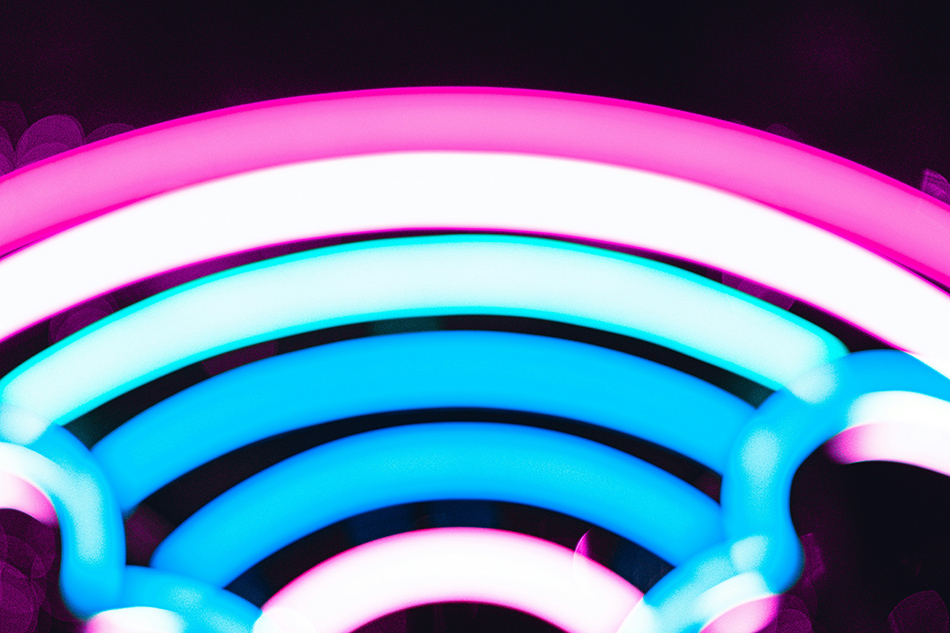Time:2025-06-04
As industries increasingly prioritize versatility, sustainability, and user-centric design, flex neon light has solidified its position as a transformative lighting technology. Characterized by its bendable structure, energy efficiency, and robust performance, this innovation is driving advancements across sectors—from healthcare to urban infrastructure—ushering in a new era of adaptive, purpose-driven illumination.
Technical Mastery: The Anatomy of Flex Neon Light
Flex neon light is a product of interdisciplinary engineering, combining advanced materials and intelligent design:
Flexible Substrate Technology: High-grade silicone or thermoplastic polymer tubing houses densely packed LEDs, enabling bending radii as tight as industrial requirements demand without compromising light uniformity.
Enhanced Optical Diffusion: Micro-prismatic lenses or frosted coatings eliminate glare and hotspots, delivering smooth, consistent light ideal for precision tasks or ambient settings.
Environmental Resilience: UV-stabilized and IP68-rated variants resist moisture, chemical exposure, and temperature fluctuations, ensuring reliability in challenging conditions.
Modular Scalability: Cuttable, linkable segments allow installations to scale from compact wearable devices to expansive architectural projects.

Innovative Applications Beyond Conventional Lighting
Medical and Diagnostic Equipment
Flex neon light is integrated into surgical tools, endoscopic devices, and imaging systems, providing shadow-free, high-CRI illumination critical for precision procedures. Its flexibility allows contouring around equipment, enhancing ergonomics in operating rooms.
Agricultural and Horticultural Systems
In vertical farms and greenhouses, flex neon light supports plant growth with tunable spectra. Farmers adjust wavelengths to optimize photosynthesis cycles, while its waterproof design withstands high-humidity environments.
Wearable Technology and Fashion
Designers embed ultra-thin flex neon light into smart apparel, safety gear, and accessories. Athletes use illuminated wearables for nighttime visibility, while high-fashion brands create glowing runway pieces that merge tech and artistry.
Public Safety and Emergency Response
Firefighters’ helmets, emergency exit pathways, and disaster relief tents incorporate flex neon light for fail-safe visibility. Its low power draw ensures functionality during prolonged operations without grid reliance.
Interactive Public Infrastructure
Smart bus stops, pedestrian bridges, and park benches use motion-activated flex neon light to improve safety and engagement. Integrated sensors adjust brightness based on foot traffic or weather conditions.
Sustainability and Circular Economy Contributions
Flex neon light aligns with global eco-initiatives through:
Energy Efficiency: Outperforms traditional lighting in lumens-per-watt metrics, reducing carbon footprints for large-scale deployments.
Extended Lifespan: Engineered for 50,000+ hours of operation, minimizing waste from frequent replacements.
Recyclable Material Innovations: Emerging silicone blends and biodegradable polymers enable end-of-life recycling, supporting zero-waste goals.
Solar Compatibility: Paired with photovoltaic systems, it powers off-grid communities, rural clinics, and eco-tourism sites sustainably.
Installation Strategies for Optimal Performance
Adhesive and Mechanical Hybrid Mounting: Combine industrial adhesives with snap-on clips for high-vibration environments like aircraft cabins or machinery.
Thermal Management in Enclosed Spaces: Ensure adequate airflow in tight installations (e.g., automotive interiors) to prevent heat buildup.
Dynamic Zoning: Divide installations into independently controlled sections using smart controllers, enabling localized adjustments in multi-use spaces.
Field Testing: Simulate environmental stressors (e.g., salt spray for coastal installations) before final deployment to validate durability.
Emerging Frontiers in Flex Neon Technology
Self-Adaptive Lighting: AI algorithms analyze ambient conditions (e.g., air quality, occupancy) to auto-adspectra and intensity in real time.
Energy-Harvesting Designs: Integration with piezoelectric or thermoelectric generators to power lighting via motion or waste heat.
Holographic Integration: Coupling flex neon light with holographic projectors for 3D retail displays or immersive museum exhibits.
Bio-Inspired Systems: Mimicking bioluminescent organisms to create ultra-efficient, self-sustaining light sources for deep-sea or space applications.
Conclusion
Flex neon light transcends traditional illumination, emerging as a multidisciplinary tool that bridges technology, sustainability, and human-centric design. Its ability to adapt to the unique demands of healthcare, agriculture, wearables, and smart cities positions it as a cornerstone of future-ready innovation. As industries grapple with the dual challenges of ecological responsibility and technological advancement, flex neon light offers a roadmap for solutions that are as versatile as they are visionary.
For engineers, designers, and policymakers, embracing this technology is not merely an evolution—it’s a commitment to reimagining how light enhances life, safety, and sustainability in an ever-changing world.